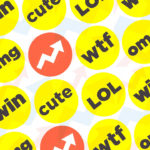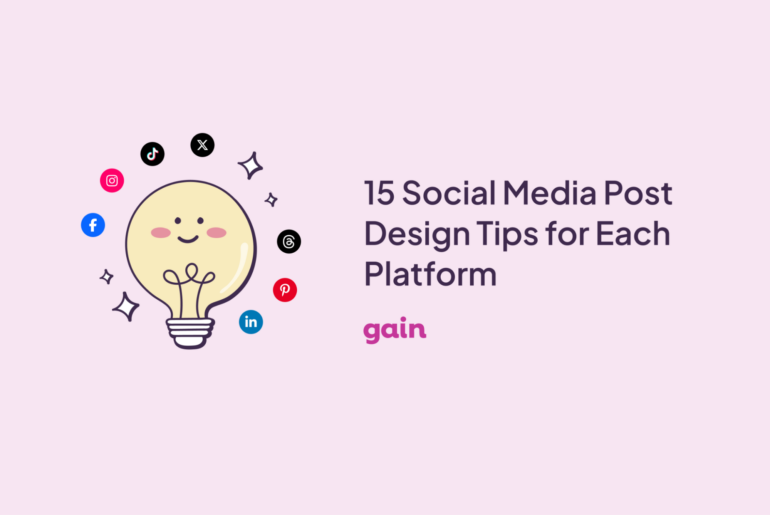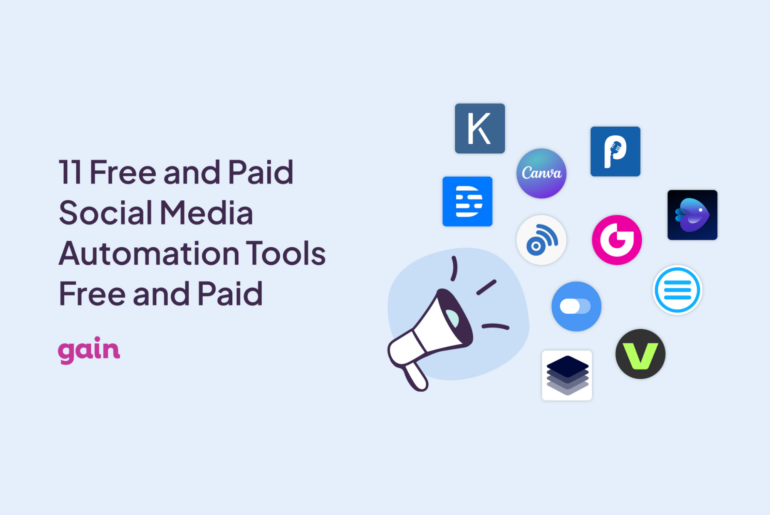Co-creation for product innovation
 In 2008, LEGO opened itself up to play-set suggestions from its fans with its website, LEGO Ideas. Since then, fans have been responsible for a raft of successful new LEGO play sets, from The Big Bang Theory-inspired set to a The Beatles motif.
LEGO learned early on that by collaborating with its fans, it can bring to life creative ideas with market potential that might not have emerged in traditional ways. The shared experience also rewards its most passionate fans for their creativity and ideas.
Here is how it works:
In 2008, LEGO opened itself up to play-set suggestions from its fans with its website, LEGO Ideas. Since then, fans have been responsible for a raft of successful new LEGO play sets, from The Big Bang Theory-inspired set to a The Beatles motif.
LEGO learned early on that by collaborating with its fans, it can bring to life creative ideas with market potential that might not have emerged in traditional ways. The shared experience also rewards its most passionate fans for their creativity and ideas.
Here is how it works:
- A fan creates an all new LEGO construction on his or her own time.
- The fan uploads it to the LEGO Ideas website.
- Their idea has a set amount of time to garner 10,000 supporters on the LEGO Ideas page.
- Fans do all of their own promotion to drive those 10,000 supporters.
- Once they reach 10,000 supporters, the LEGO review team picks their favorites.
- The best LEGO Idea creations become real LEGO playsets sold worldwide, with a percentage of the sales going to the creator.
Co-creation throughout the customer lifecycle
 Co-creation is not about trying to come up with the most clever marketing tactic; instead, it’s about both your brand and your customers creating value together.
DHL embarked on a journey of co-creation to help its customers rethink their supply chains in order to improve their business performance. According to Forbes, the logistics services company decided to bring its customers together for hands-on workshops in specially-built Germany and Singapore-based innovation centers to share best practices and create value together.
The goal of these sessions was to co-create solutions that would improve the experience for everyone. Many innovations were launched as a result of the over 6,000 engagements conducted in the workshops and other customer co-creation formats, including:
Co-creation is not about trying to come up with the most clever marketing tactic; instead, it’s about both your brand and your customers creating value together.
DHL embarked on a journey of co-creation to help its customers rethink their supply chains in order to improve their business performance. According to Forbes, the logistics services company decided to bring its customers together for hands-on workshops in specially-built Germany and Singapore-based innovation centers to share best practices and create value together.
The goal of these sessions was to co-create solutions that would improve the experience for everyone. Many innovations were launched as a result of the over 6,000 engagements conducted in the workshops and other customer co-creation formats, including:
- Parcelcopter – a drone delivery research project, which could enable companies to be more responsive, agile and cost-efficient.
- “Smart glasses” and augmented reality – co-created with a DHL customer to improve inventory and warehouse picking efficiency.
- IoT Report – an industry report, authored by DHL and Cisco, that identifies and evaluates the implications and use cases of the Internet of Things in logistics.
Co-creation in a more streamlined way
 Influencer marketing is on the rise, as brands are seeing incredible engagement levels when they open up their social streams to co-created content produced by their customers and popular social media influencers. Influencer marketing is also well-known for helping brands connect with younger audiences and generate leads.
The challenge, however, has been proving the ROI of user-generated content and if it leads to an actual boost in sales. The good news is, we’re already starting to see influencer marketing platforms provide real solutions to these challenges in the new year with more transparency and advertising options for brands that are jumping on the user-generated content-bandwagon.
In an effort to boost sales, Polaroid started an influencer campaign for its social media content by working with Social Native, a platform that gives brands access to 14 million independent content creators who get paid per image for their work. Polaroid’s first Social Native campaign was a hit — organically reaching 2.5 million Instagram users within the first three weeks.
The superior content that Social Native provides, combined with the ability for brands like Polaroid to select the best-performing images to amplify with ad spend, results in less time and less money spent creating content that brands can be sure their audiences will enjoy.
Co-creation in marketing took a forceful leap forward over the past year, as brands are starting to fully understand just how powerful it can be, especially on social media. And as the number of influencer networks and user-generated content creation tools continues to rise, so will the ability for brands to truly understand which of their co-created creative efforts are driving the most value.
Moving forward, longer term relationships that provide brands with content consistently as well as offer the customers or influencers more creative freedom, will also be favored over short-term, or one-time influencer campaigns.
Co-creation opens the doors to unique, highly relevant content that can help drive engagement and sales while also making your followers and customers feel that you see them, you hear them, and you respect them — all of which are key for brand loyalty.
This article originally appeared on Social Media Today.
Influencer marketing is on the rise, as brands are seeing incredible engagement levels when they open up their social streams to co-created content produced by their customers and popular social media influencers. Influencer marketing is also well-known for helping brands connect with younger audiences and generate leads.
The challenge, however, has been proving the ROI of user-generated content and if it leads to an actual boost in sales. The good news is, we’re already starting to see influencer marketing platforms provide real solutions to these challenges in the new year with more transparency and advertising options for brands that are jumping on the user-generated content-bandwagon.
In an effort to boost sales, Polaroid started an influencer campaign for its social media content by working with Social Native, a platform that gives brands access to 14 million independent content creators who get paid per image for their work. Polaroid’s first Social Native campaign was a hit — organically reaching 2.5 million Instagram users within the first three weeks.
The superior content that Social Native provides, combined with the ability for brands like Polaroid to select the best-performing images to amplify with ad spend, results in less time and less money spent creating content that brands can be sure their audiences will enjoy.
Co-creation in marketing took a forceful leap forward over the past year, as brands are starting to fully understand just how powerful it can be, especially on social media. And as the number of influencer networks and user-generated content creation tools continues to rise, so will the ability for brands to truly understand which of their co-created creative efforts are driving the most value.
Moving forward, longer term relationships that provide brands with content consistently as well as offer the customers or influencers more creative freedom, will also be favored over short-term, or one-time influencer campaigns.
Co-creation opens the doors to unique, highly relevant content that can help drive engagement and sales while also making your followers and customers feel that you see them, you hear them, and you respect them — all of which are key for brand loyalty.
This article originally appeared on Social Media Today.





